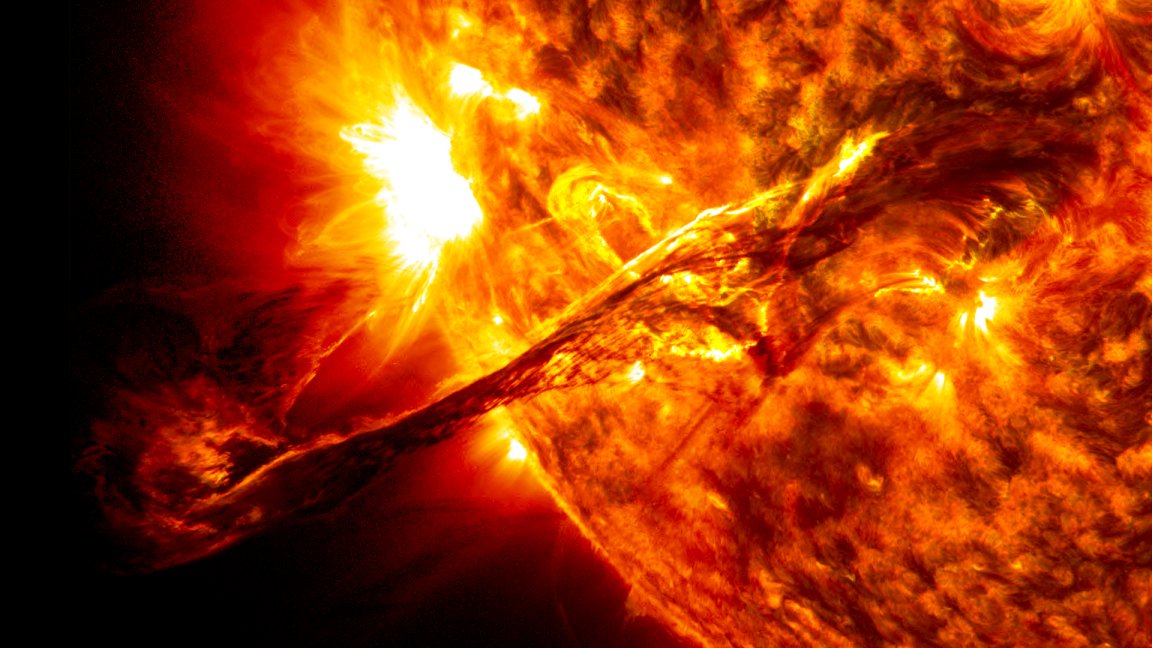
Rainy Day Energy
One of the problems with using renewable energy sources is that you’re overly dependent on the fickle whims of weather. Drawing power from the Sun is fine, but what happens when it’s overcast? Or, if using wind energy, what do you do when the breezes are unusually still?
But if one could store excess power generated during especially sunny days, or on very windy days, then one could tap into these sources whenever they are needed—effectively erasing the advantage held by such on-demand energy sources such as nuclear power and other nonrenewable energies.
There’s an ingenious way to accomplish this power storage—use the electricity produced by solar or wind action to fuel an ‘electrolytic reaction,’ essentially to “crack” water into its component atoms of oxygen and hydrogen; the hydrogen can then be set aside as a reserve fuel source.
Now, a team of scientists from the SLAC National Accelerator Laboratory and the University of Toronto have taken a major step to making this process easier and more efficient. Using SLAC’s powerful computers, they’ve designed an electrolytic catalyst that’s three times more effective than previous ones.

A Metallic Gel
The key lay in boosting the efficiency of a moderately effective, iron-and-cobalt catalyst through the simple addition of tungsten. It sounds simple enough in theory, but more difficult in practice. The computer simulations showed that it was necessary to thoroughly mix the three elements in the catalyst in order to to maximize activity at the reaction surfaces.
The team achieved this mixture by dissolving the three metals into a solution and letting it settle into a gel at room temperature, all the while ensuring that the metal atoms didn’t cluster together. Finally, the gel was dried into a powder whose extreme porousness increased the surface area available for catalytic reactions. The new catalyst generated oxygen three times faster than earlier versions, and perhaps most notably, it could do so through hundreds of reactions.
“It’s a big advance, although there’s still more room to improve,” said Edward H. Sargent, professor of electrical and computer engineering at the University of Toronto and a member of the team. “And we will need to make catalysts and electrolysis systems even more efficient, cost effective and high intensity in their operation in order to drive down the cost of producing renewable hydrogen fuels to an even more competitive level.”
However, this is a grand step forward for energy and a sustainable future.